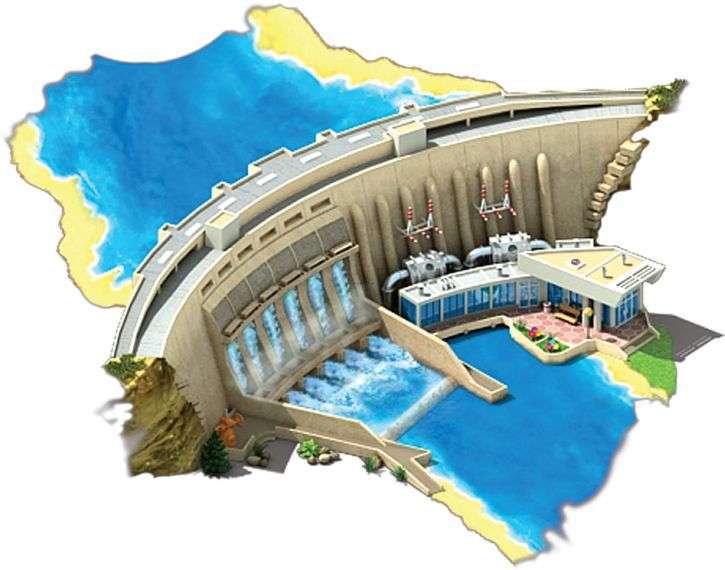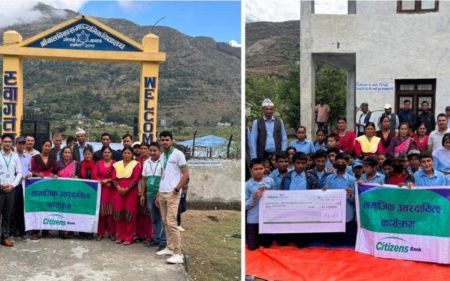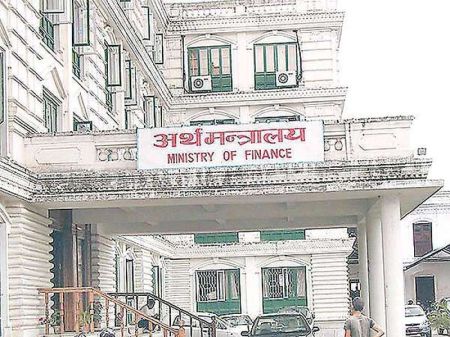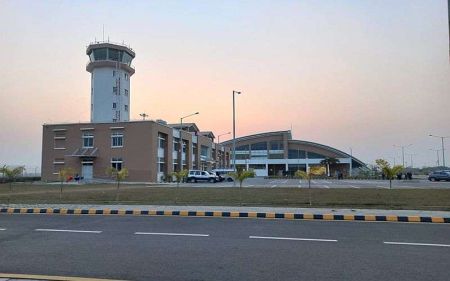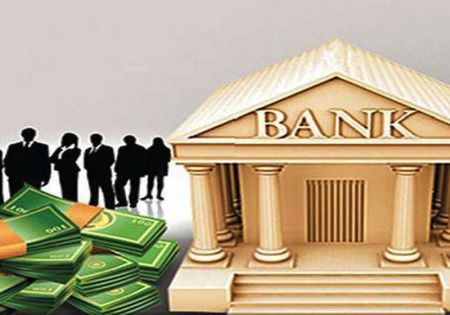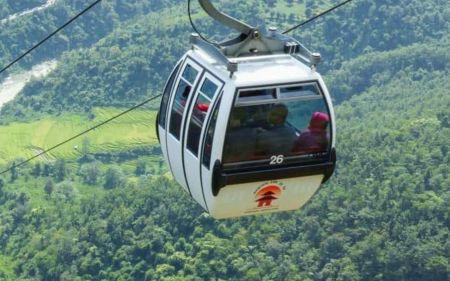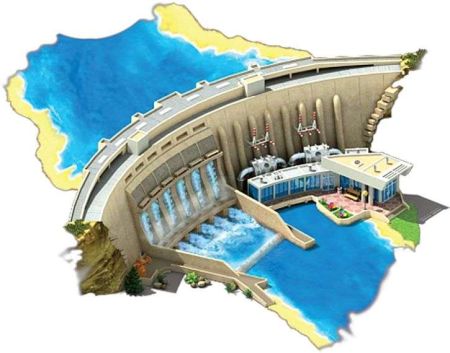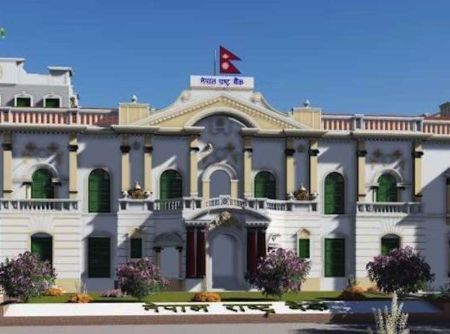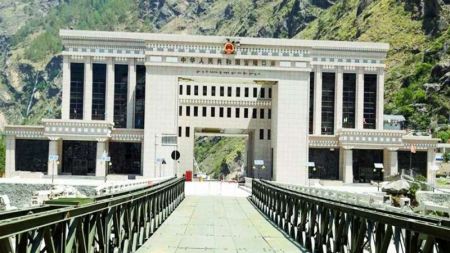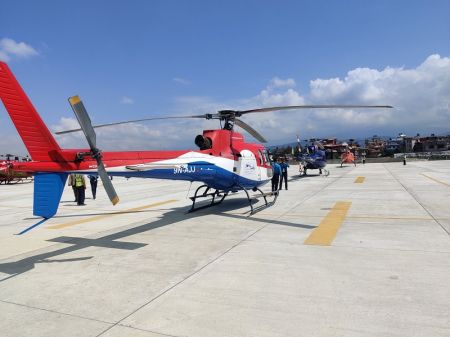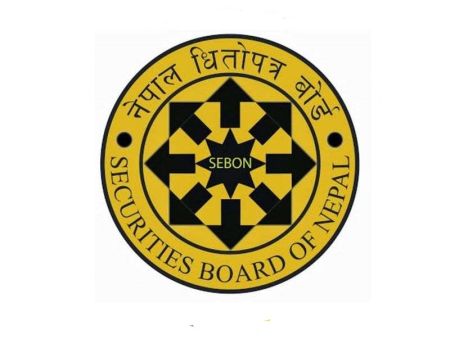Prashant Khadka
Kathmandu: In the second week of June, Tamor Energy Pvt Ltd secured investment for the Upper Tamor Semi Reservoir Hydropower Project, which has a capacity to produce 285 MW of electricity. This project is being undertaken by investors of the private sector of Nepal who are raising domestic capital. Under the consortium of Everest Bank, various Nepali banks and financial institutions have contributed Rs 38.6 billion in loans to finance the project with an estimated cost of Rs 55.15 billion. The design of the project was developed by a local company, Sanima Hydro and Engineering.
According to hydropower promoters, private sector investors of Nepal are currently raising investments for over three dozen large projects, with capacities ranging from 70 to 600 megawatts.
Ganesh Karki, president of the Independent Power Producers Association of Nepal (IPPAN), stated that with the support of banks, financial institutions, and the government, the private sector of Nepal now has the capacity to build projects with capacities of 500-600 MW. "Currently, many projects ranging from 100 to 500 megawatts have obtained permits and are in the process of securing financial resources," he said.
IPPAN has announced preparations for the construction of projects that will generate 5,917 megawatts of electricity through 40 companies with domestic investment, with an estimated investment of over Rs 1065 billion.
Production of electricity in Nepal has significantly increased since the private sector's entry into the country’s hydroelectricity market. Starting from the early 2000s, the private sector of Nepal started investing in electricity generation.
Initially, Nepali investors lacked substantial capital, and banks were not capable of providing large financial resources. Even major business houses were hesitant to invest in hydropower. Pushpajyoti Dhungana, an investor in Upper Tamor, entered the hydropower sector in 2008 by developing the 1 MW Patikhola hydropower project.
In the early 2000s, the Nepal Electricity Authority (NEA) implemented a policy to sign power purchase agreements for a total of 50 megawatts with independent power producers developing projects ranging from 1 to 10 megawatts.
After two decades, domestic investors have been able to build projects larger than 100 MW. According to IPPAN President Karki, the increased capacity of investors, the expansion of loans by banks and financial institutions, and binding directives from the central bank have enabled domestic investors to develop large projects.
Until 2000, the government, without private sector’s involvement, was able to produce only 361.5 megawatts of electricity for over nearly 90 years. With private sector’s participation, electricity generation has increased rapidly, and private energy entrepreneurs have gained the ability and experience to undertake relatively larger projects.
In early 2023, Prime Minister Pushpa Kamal Dahal inaugurated the 86 MW Solukhola hydropower project, the largest private sector hydropower project completed in Nepal till date. Another notable company in this sector is Sahas Urja Limited. Sahas Urja Limited initially began with the 5 MW Ruru hydroelectric project and is now set to build the 341 MW Budhigandaki hydropower project, which it acquired from Times Energy Limited for Rs 2 billion. This will be the largest hydropower project built by the private sector with domestic investment.
Meenraj Kandel, owner of Sahas Urja Limited, stated, "Rather than doubting the capabilities of Nepali investors, the government and the Nepal Electricity Authority should create an enabling environment. Even now, we are capable of building projects up to 500 megawatts."
He emphasized that the private sector of Nepal has gained the ability to construct small projects and leverage that experience to build larger ones.
While the capacity of the Nepali private sector is growing, the government has introduced an electricity bill that allows joint investment between Nepal and foreign government organizations to issue licenses without competition for the construction of hydropower projects exceeding 100 megawatts.
This has caused frustration among private sector investors. They argue that foreign investors should not be granted licenses for projects up to 500 MW without competition.
"Our demand is that if foreign investors want to invest in small projects, they should go through the same competitive process as Nepali investors," IPPAN President Karki told New Business Age.


